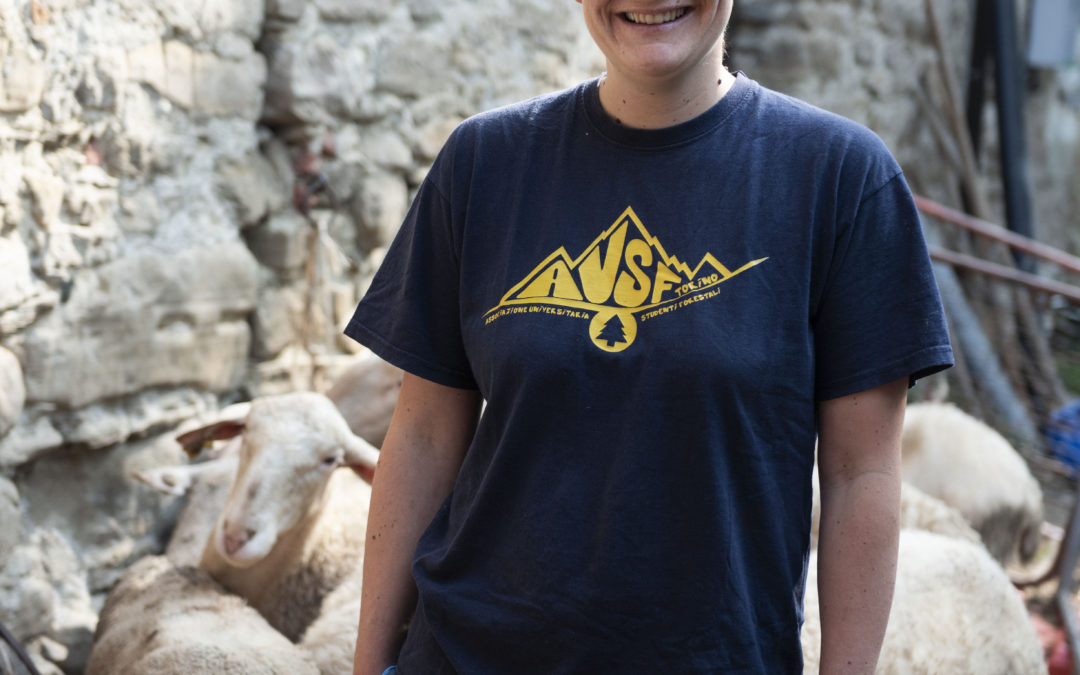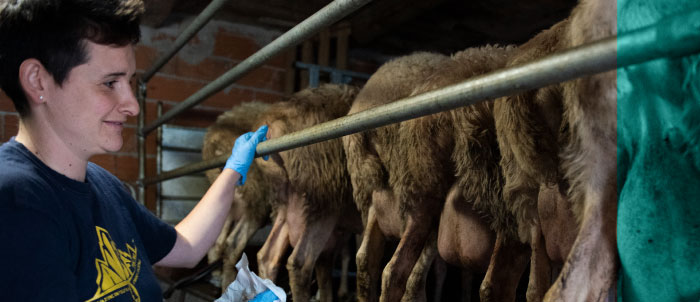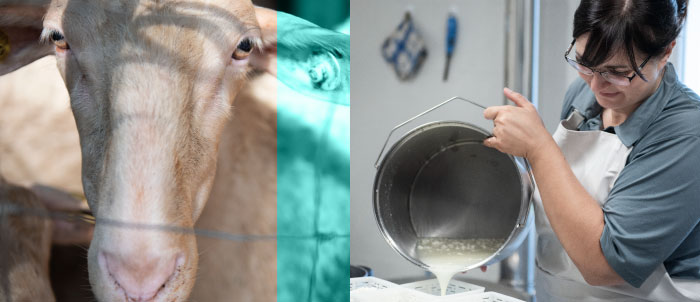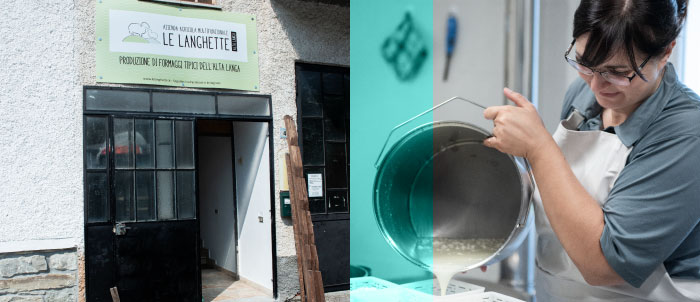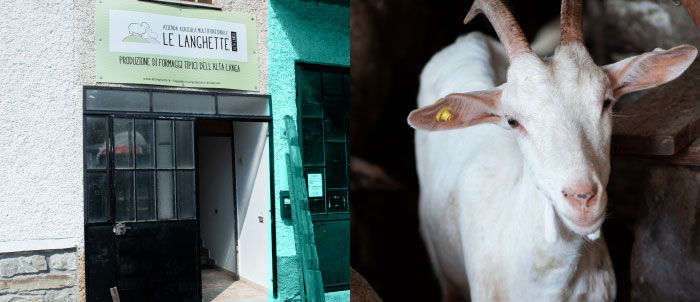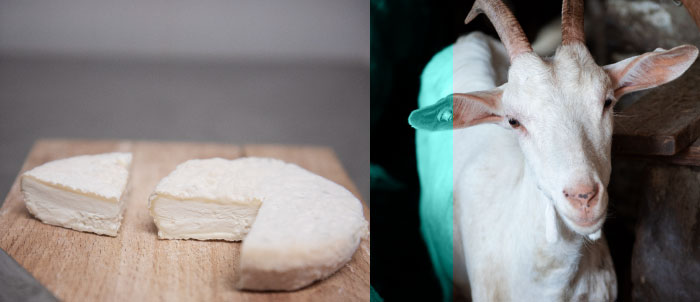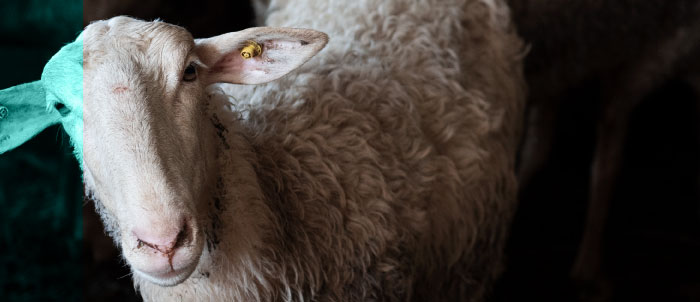LE LANGHETTE
BUSINESS: Le Langhette
ADDRESS: Località Capellini 4, 12079 Saliceto CUNEO
E-MAIL: info@lelanghette.it
WEBSITE: lelanghette.com/
“ON CAMPUS” COURSE: ReStartAlp 2016
The Langhe sheep is almost extinct: rearing it and transforming its milk into cheese is a way of helping and promoting the local area. Elisa and I share a business idea based on rearing a small number of animals and ensuring that they have a balanced diet, mainly based on pasture and hay. We firmly believe that animals should live well.”
Sara Armellino
“Everything started thanks to the gruta, a 70-metre-long cave dug out of tuff. It was the will to breathe new life into the house and the place where my grandfather was born and raised together with his seven brothers that made me come back up here”. Today, Sara Armellino uses the gruta – more commonly called grotta, the Italian word for cave – for the maturation of the pure sheep milk tomas produced under the brand Le Langhette, the name of the multipurpose farm she started in 2016 with her partner Elisa Core.
She tells us about it as she milks her flock in the stable next to the cave. We are in an old farmhouse owned by her family in the countryside of Saliceto (Cuneo), in Alta Langa, in the hamlet of Lignera Soprana. Sara, born in 1986, had been frequenting it since she was a child: “I studied Forestry Science, I wanted to deal with forest planning and management” she explains. After graduating, Sara had a few experiences in Switzerland and Romania, related to her academic studies, then she chose to come back: “I wrote my thesis on the Langhe sheep, a breed of sheep at risk of extinction. The idea of establishing Le Langhette came to life just as I was studying”.
The Langhe sheep
The Pecora delle Langhe is a breed of large sheep that can reach a weight of 80-90 kilograms in males and 60-70 kilograms in females. The fleece is ivory white and the wool is mainly used for mattress production. This breed is mainly reared for milk production, but meat production also reaches good levels. Another distinguishing feature is that both sexes are hornless and have semi-lop ears. The Langhe sheep used to be very common. In 1950 there were over 45,000 heads in the provinces of Cuneo and Savona, but in recent years the number plummeted, and there are currently no more than 2,500 heads in the regions of Piedmont and Liguria, scattered over around 30 farms. To deal with this dramatic drop in numbers, in 2013 the Piedmont Regional Council approved a Regional strategic plan for the research, development and promotion of the sheep sector linked to the Langhe breed of sheep «Piano strategico regionale di indirizzo per la ricerca, lo sviluppo e la valorizzazione della filiera ovina legata alla pecora di Razza Delle Langhe» Moreover, Slow Food has promoted a Presidium linked to the production of Tuma di pecora delle Langhe which aims to resume production of the traditional version of this cheese, obtained exclusively from raw milk.
